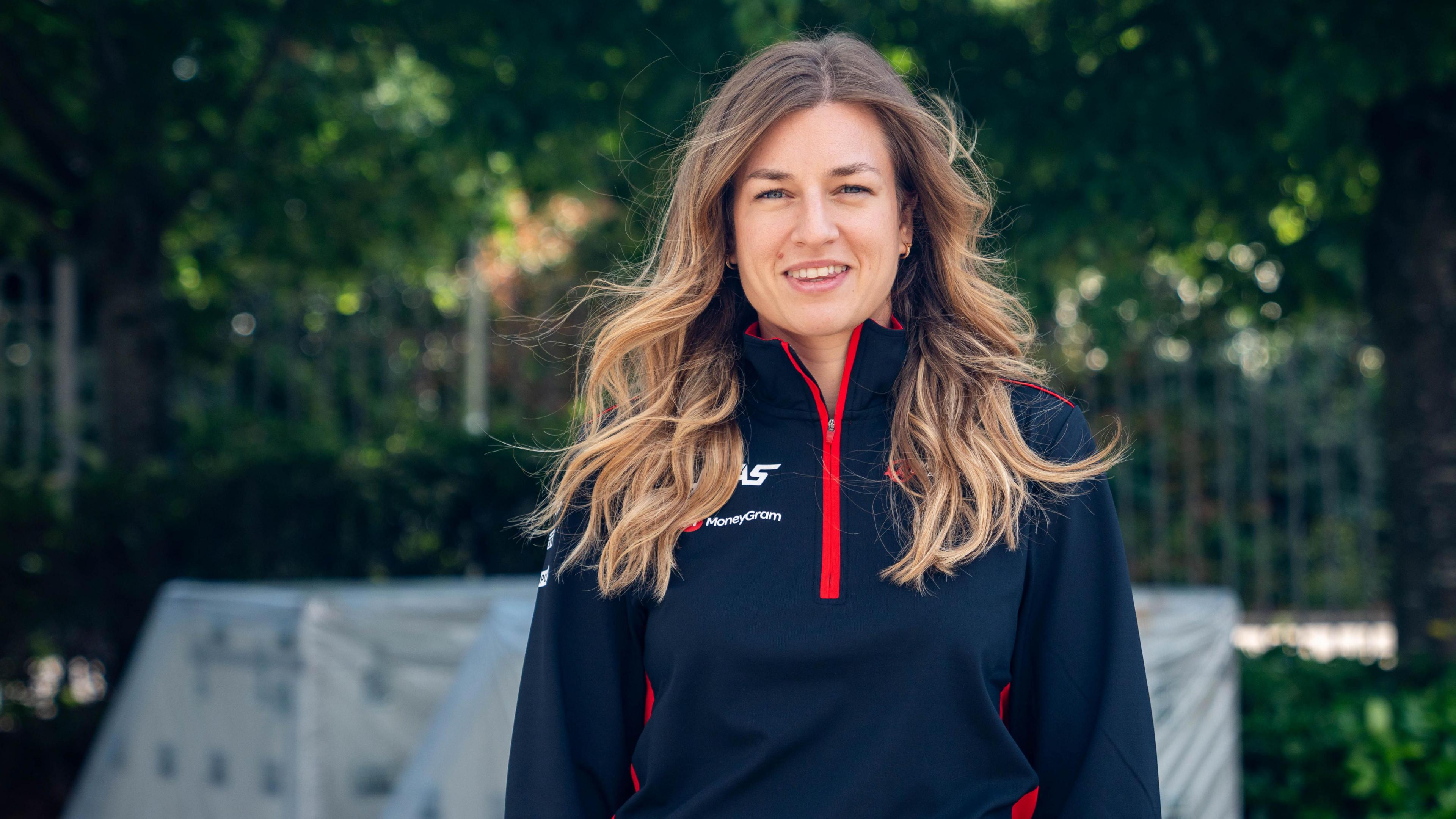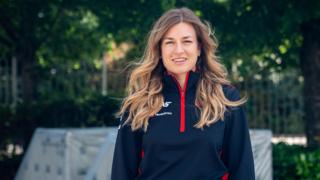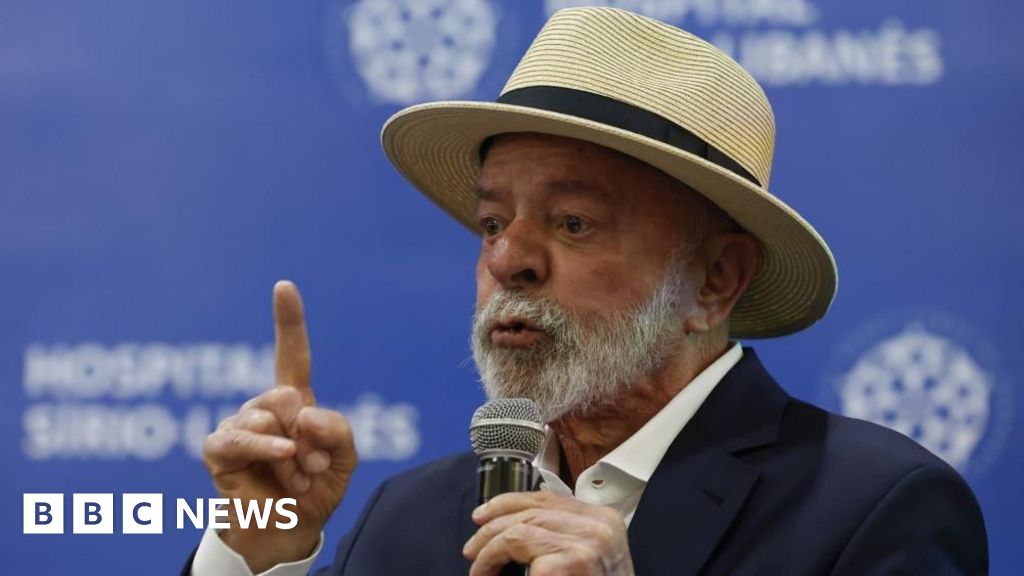
Haas have restructured their race operations team with a series of changes that include appointing Laura Muller as the first female race engineer in Formula 1.
German Muller will work with new signing Esteban Ocon as one of two new race engineers at the US-based team.
Haas’ new head of strategy will also be a woman – Carine Cridelich has been recruited from Red Bull’s Racing Bulls team and will start work on 1 March.
Race engineer is a key role as the person who works most closely with drivers on the performance, set-up and running of their car. It is their voice that is heard talking to drivers on television broadcasts.
Muller’s opposite number on the car of Ocon’s team-mate, British rookie Oliver Bearman, will be Ronan O’Hare, another internal recruit who was previously a performance engineer.
Team principal Ayao Komatsu said diversity was increasing in F1, but added: “It’s not like I chose Laura because she’s female. We just don’t care – nationality, gender, doesn’t matter.
“What matters is work, how you fit into the team, how you can maximise the performance – and Ronan and Laura I believe happen to be the best choice.”
Komatsu, who became team principal before the 2024 season, said he had wanted to change the race operations team since the early part of last year after spotting weaknesses.
Haas’ changes include appointing a new chief race engineer and sporting director, both common positions the low-budget team did not have filled last season.
The new chief race engineer is Francesco Nenci, who most recently worked at Audi’s Dakar Rally programme, and has F1 experience with Sauber and Toyota. Mark Lowe, previously Haas’ operations team manager, will be sporting director.
“I felt the trackside team was one of the weakest areas last year, and the more the car became competitive that exposed it more,” Komatsu said.
“Towards the end of the year we had the fifth-fastest car. But in terms of execution, we should have finished P6 [in the constructors’ championship] but we didn’t.
“Part of it was we left too many points on the table from the trackside operation. So really needed a step-up.”
Cridelich, from France, follows other female strategy leaders, including Hannah Schmitz, the principal strategy engineer at Red Bull. Ruth Buscombe and Bernie Collins, who previously worked at Sauber and Aston Martin, have both since moved on to broadcasting careers.
Haas have a unique structure in that their in-house operations are pared back as much as possible through their partnership with Ferrari.
Haas uses Ferrari’s wind tunnel, has their design team in Italy at Maranello and buys virtually all the parts from Ferrari permitted in the rules for their car, designing only the aerodynamic surfaces and chassis.
Their headquarters are in Kannapolis, North Carolina, but the race team runs out of a modest factory in Banbury, Oxfordshire.
Komatsu said this would be the first year that Haas would have sufficient budget to reach F1’s budget cap. A further change in approach is that they would not be using Ferrari’s latest redesigned front suspension, preferring to stick with last year’s design for consistency of aerodynamic research.
Haas finished seventh overall last year, ahead of Racing Bulls, Williams and Sauber, and Komatsu said his sights were “set on consistency”.
“In history with Haas across the years, I don’t think we have been competitive across the seasons in a similar manner,” he said.
He added that he had ambitions to further improve a team he said was “punching above its weight” for its limited resources.
“Who [else] only has 300 people or operates out of this kind of building?” Komatsu said.
“If Williams operated to their potential, there is no way we could be beating them. I want to get to a place where we can beat those sorts of people on merit without people screwing up.”




